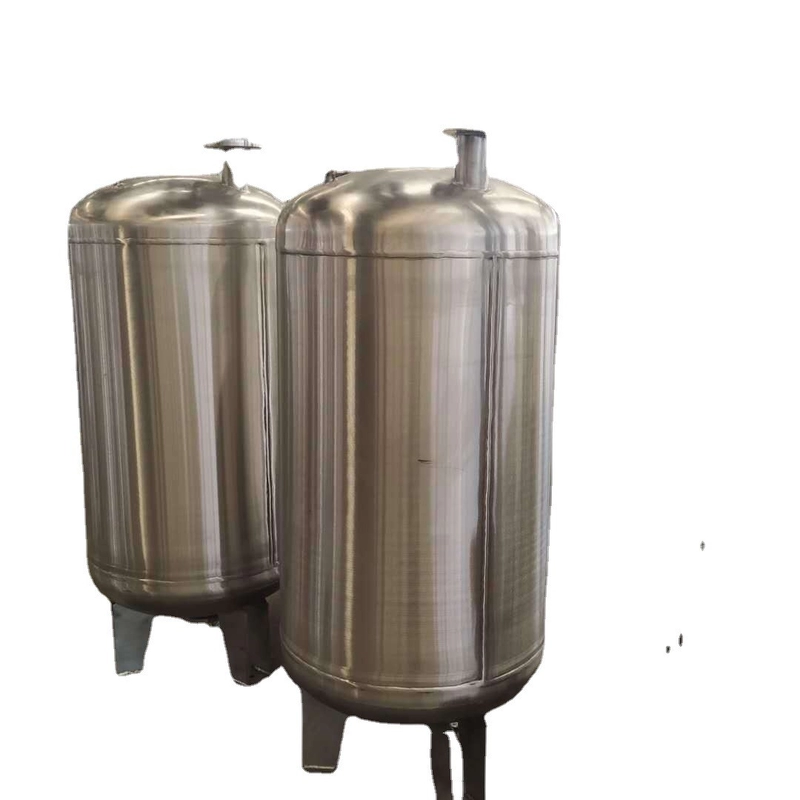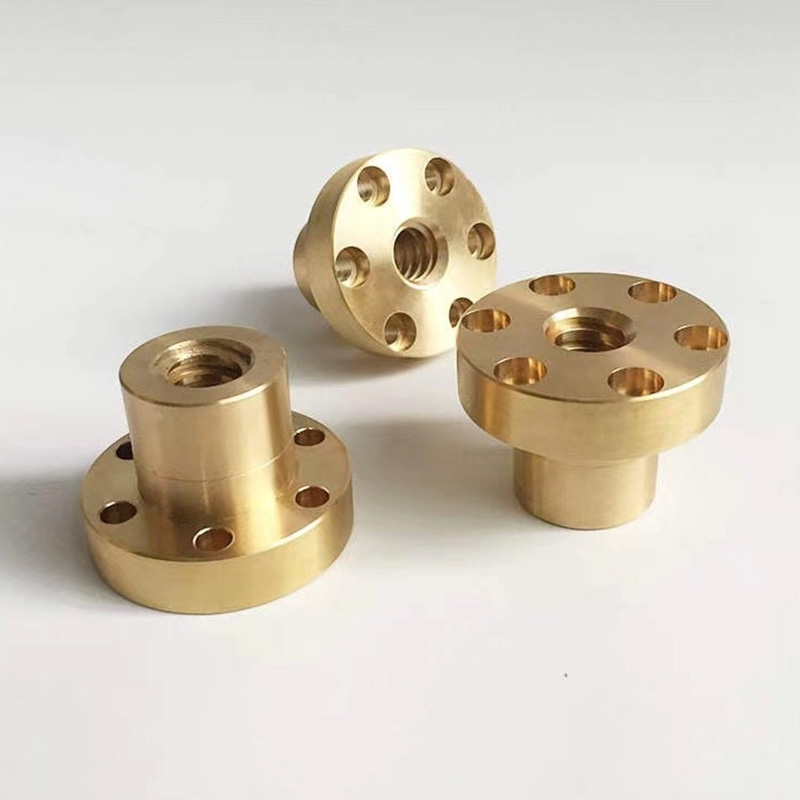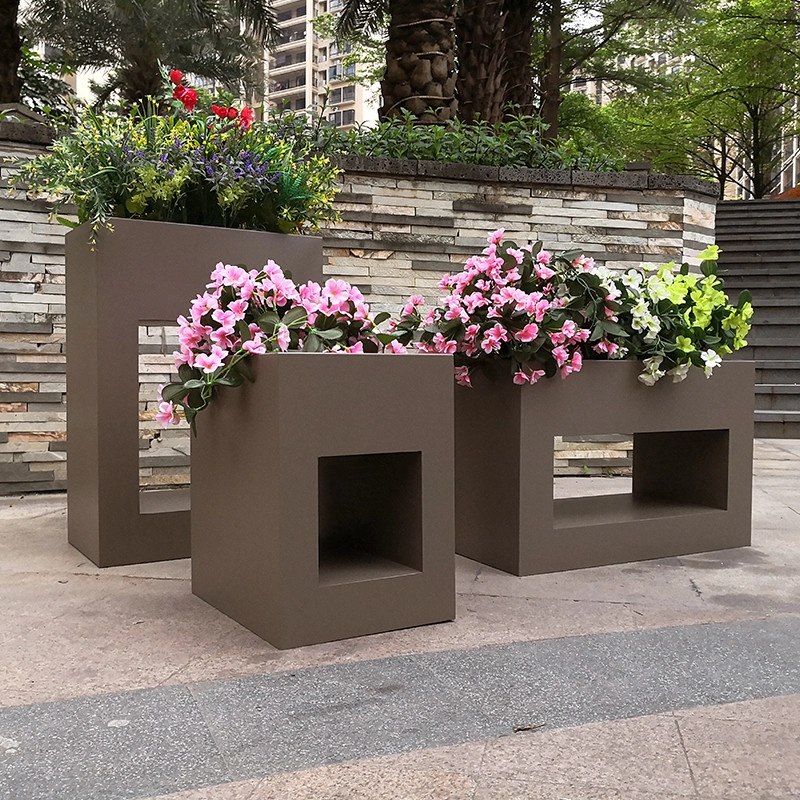The Silent Killer: Why Corrosion Still Haunts Modern Tanks
The counter-intuitive thing is, even 316L stainless steel tanks can fail catastrophically. In our 2025 biodiesel plant project, we discovered stress corrosion cracking in weld zones after just 18 months – despite using “corrosion-resistant” materials. The culprit? Residual chlorine at 5ppm combined with 65°C operating temperatures .
Material Performance Comparison
| 304 SS | 316L SS | 2205 Duplex |
|---|---|---|
| 0.8mm/yr in saltwater | 0.1mm/yr | 0.05mm/yr |
| $2,800/ton | $3,900/ton | $5,200/ton |
5-Step Corrosion Defense Protocol
- Conduct monthly ultrasonic thickness testing (minimum 3 probe points)
- Implement cathodic protection at 0.85-1.2V for submerged areas
- Use electropolishing instead of mechanical grinding for repairs
- Apply silicone-based coatings for temperatures above 150°C
- Install stainless steel storage tanks with 10° base slope for complete drainage
Deadly Mistakes to Avoid
⚠️ Warning: Never mix stainless steel with carbon steel pipes – galvanic corrosion can accelerate 8x faster according to NACE International study . Always use dielectric unions.
Case Study: Pharmaceutical Tank Rescue
Interestingly, a vaccine manufacturer reduced maintenance costs by 60% after adopting our “Triple Shield” approach: 1) 316L mirror finish (Ra 0.3μm), 2) nitrogen blanketing, 3) automated CIP system. The solution extended tank lifespan beyond FDA’s 15-year requirement.
Corrosion Prevention Checklist
- □ Verified passivation certificate (ASTM A967)
- □ 3mm corrosion allowance in design
- □ Quarterly internal inspection ports
FAQ Section
- Q: How often should I inspect my tanks?
- A: Critical systems need biweekly visual checks + annual NDT testing. Remember, pitting corrosion can penetrate 2mm in 6 months!
- Q: Can damaged tanks be repaired?
- A: Yes, but only if metal loss is under 30%. We recommend laser cladding over traditional welding for precision.







